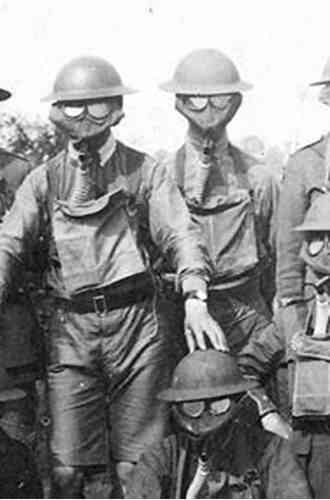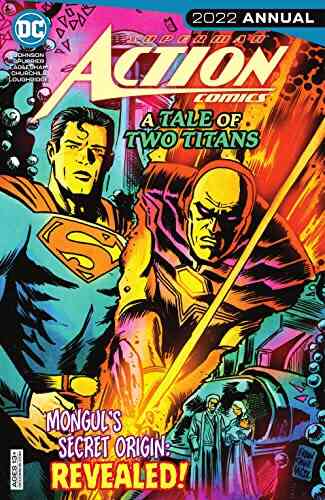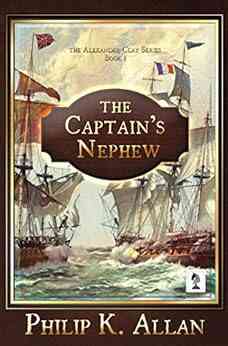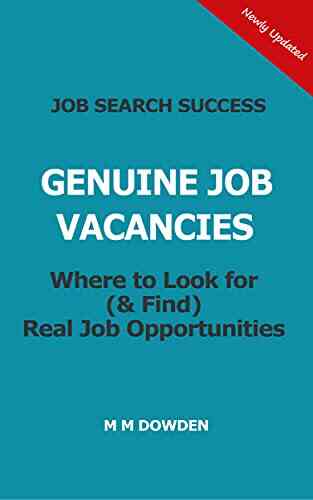One Hundred Years Of Chemical Warfare: The Terrifying Evolution

The use of chemical weapons in warfare has been a topic of great concern and debate for over a century. Since their during World War I, chemical weapons have evolved in both sophistication and deadliness. This article delves into the tumultuous history of chemical warfare over the past one hundred years, exploring its devastating consequences and the efforts made to prevent their use.
World War I: Unleashing Horror
It was during World War I, precisely one hundred years ago, that chemical warfare made its first terrifying appearance. Both sides in the conflict utilized chemical agents to incapacitate, maim, and kill enemy soldiers. The release of chlorine gas by the Germans in April 1915 marked the beginning of a new era in warfare, one filled with fear and suffering.
Chlorine gas, mustard gas, and phosgene were among the chemical agents used during the Great War. These substances wreaked havoc on the battlefield, causing excruciating pain, disfigurement, and a slow, agonizing death. The images and stories from the trenches painted a grim picture of the devastating effects of these weapons on human beings.
4.3 out of 5
| Language | : | English |
| File size | : | 6426 KB |
| Text-to-Speech | : | Enabled |
| Screen Reader | : | Supported |
| Enhanced typesetting | : | Enabled |
| Word Wise | : | Enabled |
| Print length | : | 728 pages |
The Interwar Period: Efforts to Ban Chemical Weapons
Following the horrors of World War I, international agreements were made to prohibit the use of chemical weapons. The 1925 Geneva Protocol banned the use of chemical and bacteriological weapons, marking an important step toward disarmament. However, the protocol did not completely eliminate the threat.
During the interwar period, several countries, including major powers such as the United States, Japan, and the Soviet Union, continued to develop chemical weapons secretly. These efforts to circumvent the ban on chemical weapons underscored the inherent challenges in enforcing disarmament agreements.
World War II: Chemical Weapons Take a Backseat
Surprisingly, chemical weapons played a significantly smaller role in World War II compared to World War I. This shift can be attributed to several factors, including the fear of retaliation and advancements in conventional weapons technology. The horrors witnessed during the previous war had instilled a level of restraint among military strategists.
Nevertheless, chemical weapons were not completely absent during World War II. The Japanese military, for example, used chemical agents such as mustard gas in its invasion of China. Subsequently, the Allies, led by the United States, developed plans to deploy chemical weapons in case of a German chemical attack. Fortunately, these plans were never put into action.
The Cold War: A Deadly Stalemate
The Cold War brought with it a renewed focus on chemical warfare as tensions rose between the superpowers. Both the United States and the Soviet Union stockpiled vast quantities of chemical weapons and developed new, highly lethal agents. The fear of mutually assured destruction, however, prevented their use.
The signing of the Chemical Weapons Convention in 1993 marked a significant milestone in the global effort to eliminate chemical weapons. Since then, the convention has led to the destruction of more than 98% of declared chemical weapon stockpiles. The world has come a long way in reducing the arsenals that once posed an imminent threat to humanity.
The Present: New Challenges and Emerging Threats
While the efforts to ban and disarm chemical weapons have been remarkable, new challenges continue to arise. Non-state actors, such as terrorist organizations, have shown interest in acquiring chemical agents. The threat of chemical weapons falling into the wrong hands remains a looming concern.
Additionally, the emergence of new chemical agents and technologies poses a further challenge. Modern advancements in chemical synthesis and delivery systems have the potential to create substances far deadlier than those seen in the past. Enhanced detection and prevention techniques are crucial in order to stay ahead of these evolving threats.
A Vision for the Future: A Chemical-Free World
As we reflect upon one hundred years of chemical warfare, it is clear that progress has been made in curbing their use. However, the complete eradication of chemical weapons remains an elusive goal. It requires ongoing international cooperation, stringent enforcement mechanisms, and continued scientific advancements.
Ultimately, the dream of a chemical-free world may never be fully realized. Nonetheless, by learning from the past and adapting to evolving threats, we can strive towards a future where chemical weapons are nothing more than a haunting reminder of our collective history.
4.3 out of 5
| Language | : | English |
| File size | : | 6426 KB |
| Text-to-Speech | : | Enabled |
| Screen Reader | : | Supported |
| Enhanced typesetting | : | Enabled |
| Word Wise | : | Enabled |
| Print length | : | 728 pages |
This book is open access under a CC BY-NC 2.5 license.
On April 22, 1915, the German military released 150 tons of chlorine gas at Ypres, Belgium. Carried by a long-awaited wind, the chlorine cloud passed within a few minutes through the British and French trenches, leaving behind at least 1,000 dead and 4,000 injured. This chemical attack, which amounted to the first use of a weapon of mass destruction, marks a turning point in world history. The preparation as well as the execution of the gas attack was orchestrated by Fritz Haber, the director of the Kaiser Wilhelm Institute for Physical Chemistry and Electrochemistry in Berlin-Dahlem. During World War I, Haber transformed his research institute into a center for the development of chemical weapons (and of the means of protection against them).
Bretislav Friedrich and Martin Wolf (Fritz Haber Institute of the Max Planck Society, the successor institution of Haber’s institute) together with Dieter Hoffmann, Jürgen Renn, and Florian Schmaltz (Max Planck Institute for the History of Science) organized an international symposium to commemorate the centenary of the infamous chemical attack. The symposium examined crucial facets of chemical warfare from the first research on and deployment of chemical weapons in WWI to the development and use of chemical warfare during the century hence. The focus was on scientific, ethical, legal, and political issues of chemical weapons research and deployment — including the issue of dual use — as well as the ongoing effort to control the possession of chemical weapons and to ultimately achieve their elimination.
The volume consists of papers presented at the symposium and supplemented by additional articles that together cover key aspects of chemical warfare from 22 April 1915 until the summer of 2015.
Do you want to contribute by writing guest posts on this blog?
Please contact us and send us a resume of previous articles that you have written.




















Light bulbAdvertise smarter! Our strategic ad space ensures maximum exposure. Reserve your spot today!
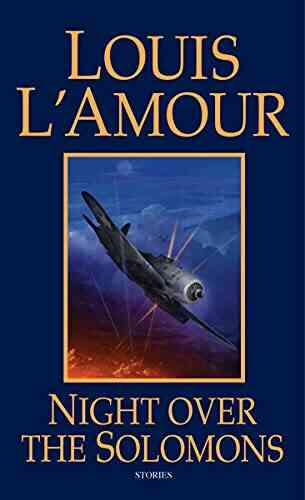
 Nikolai GogolNight Over The Solomons Stories: Unveiling the Thrilling Legends of Courage...
Nikolai GogolNight Over The Solomons Stories: Unveiling the Thrilling Legends of Courage...
 Robert HeinleinArcane Island Arcane Talents Angela Knight - Unleash Your Magical Abilities!
Robert HeinleinArcane Island Arcane Talents Angela Knight - Unleash Your Magical Abilities!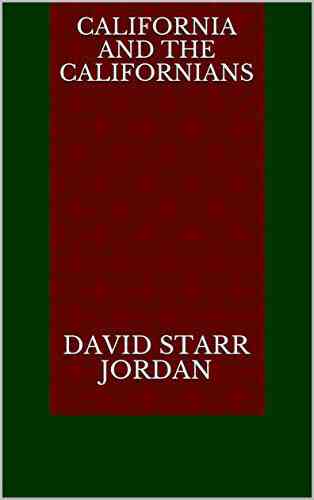
 Fletcher MitchellCalifornia And The Californians: Exploring the Legacy of David Starr Jordan
Fletcher MitchellCalifornia And The Californians: Exploring the Legacy of David Starr Jordan Arthur MasonFollow ·4.3k
Arthur MasonFollow ·4.3k Billy PetersonFollow ·10.1k
Billy PetersonFollow ·10.1k Jean BlairFollow ·5.6k
Jean BlairFollow ·5.6k Mikhail BulgakovFollow ·5.4k
Mikhail BulgakovFollow ·5.4k Virginia WoolfFollow ·5.9k
Virginia WoolfFollow ·5.9k Italo CalvinoFollow ·3.9k
Italo CalvinoFollow ·3.9k Robert BrowningFollow ·16.1k
Robert BrowningFollow ·16.1k Jamison CoxFollow ·9.3k
Jamison CoxFollow ·9.3k

 Dashawn Hayes
Dashawn HayesUnveiling the Intriguing World of Stephanie Plum, Kate...
Chapter 1: Stephanie Plum – An...

 Colin Richardson
Colin RichardsonRenegades: The Last Gunfighter 12 - A Heart-Pounding...
Get ready for an action-packed ride as we...
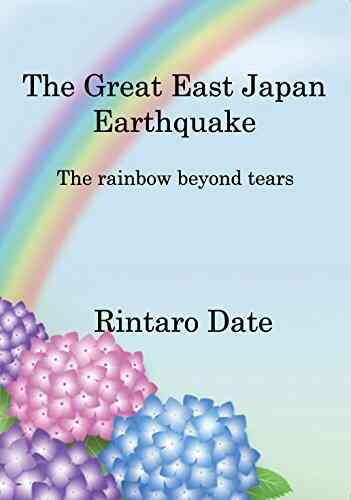
 Emmett Mitchell
Emmett MitchellThe Rainbow Beyond Tears - A Journey of Healing
Have you ever wondered what lies...
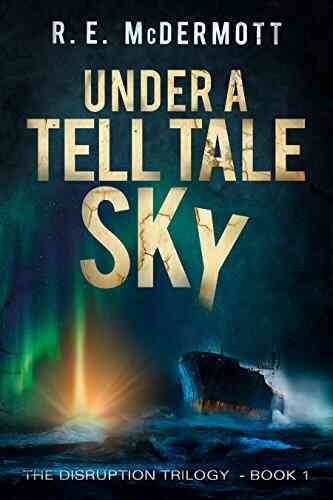
 Bret Mitchell
Bret MitchellUnveiling the Secrets Beneath the Tell Tale Sky: A...
Have you ever looked up at the sky and...
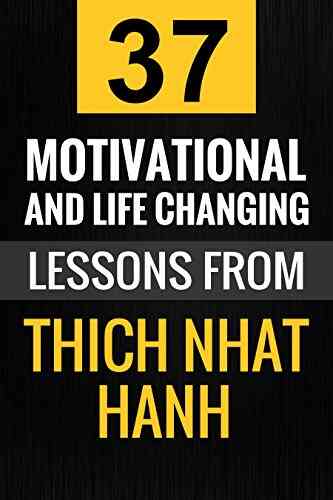
 Corey Hayes
Corey Hayes37 Motivational And Life Changing Lessons From Thich Nhat...
Thich Nhat Hanh is a renowned Zen master,...
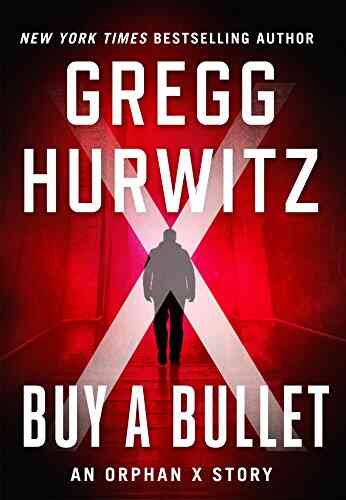
 Jace Mitchell
Jace MitchellBuy Bullet: An Orphan Short Story
Are you ready to embark on a gripping...
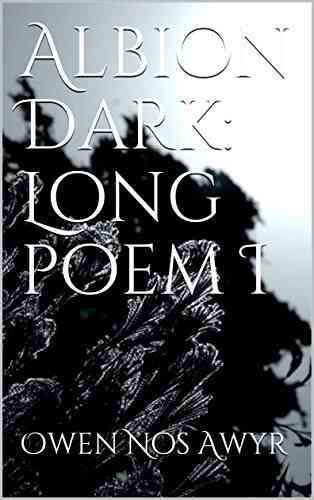
 Branson Carter
Branson CarterAlbion Dark Long Poem: An Enchanting Journey into the...
Are you ready to immerse yourself in...
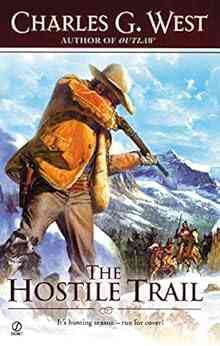
 Jorge Amado
Jorge AmadoThe Hostile Trail Matt Slaughter: A Captivating Journey...
Are you ready to embark on a thrilling...

 Luke Blair
Luke BlairThe Adorable Grandma Peek Boo Crochet Pattern 131: Create...
Have you been searching for the perfect...
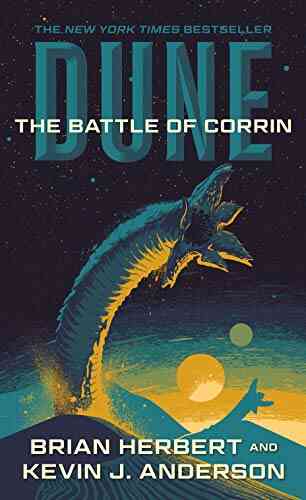
 Bret Mitchell
Bret MitchellThe Battle of Corrin: A Turning Point in the Known...
When it comes to pivotal moments in...

 Andres Carter
Andres CarterLittle Gnome Home Crochet Pattern - Create Your Own...
Imagine a world where whimsical creatures...
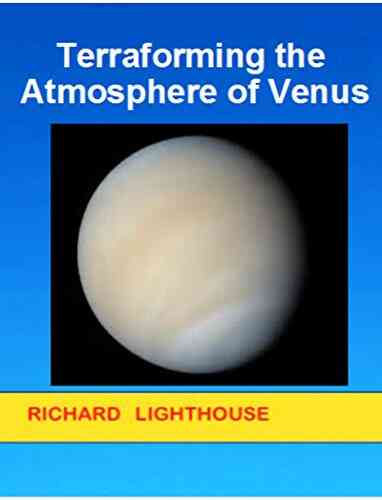
 Bradley Dixon
Bradley DixonTerraforming The Atmosphere Of Venus: A Journey Towards...
Are you ready to embark on a journey that...
4.3 out of 5
| Language | : | English |
| File size | : | 6426 KB |
| Text-to-Speech | : | Enabled |
| Screen Reader | : | Supported |
| Enhanced typesetting | : | Enabled |
| Word Wise | : | Enabled |
| Print length | : | 728 pages |


